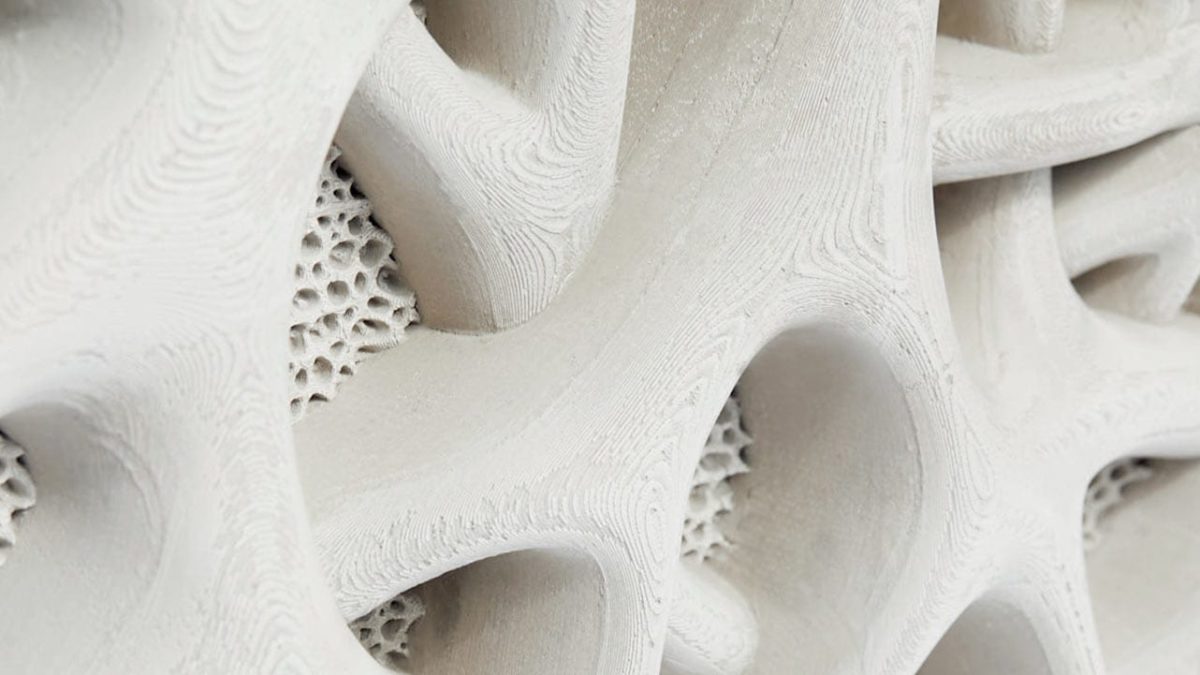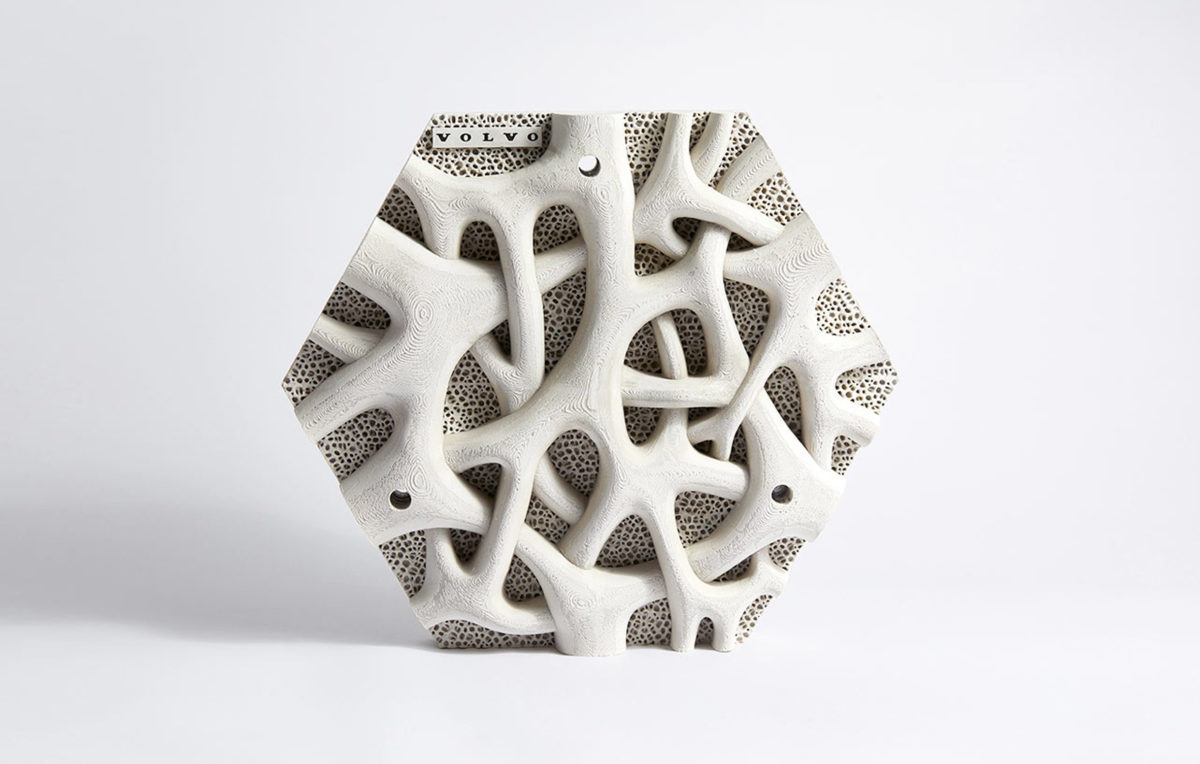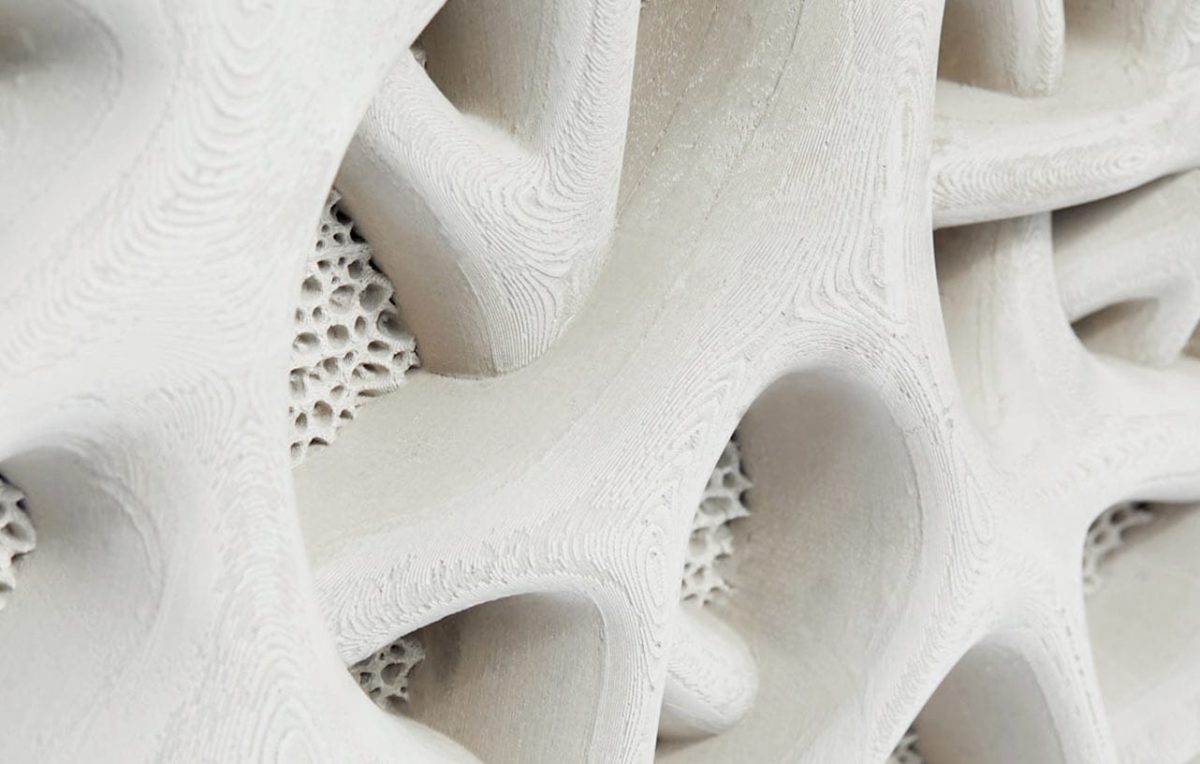
LIVING SEAWALL
In 2018 Volvo has installed an environmentally friendly seawall along the coast of Sydney’s harbour that aims to improve biodiversity and water quality in the area. The Volvo Living Seawall consists of 50 hexagonal tiles with small corners and recesses that are designed to imitate the root structure of native mangrove trees – a popular habitat for marine wildlife. The irregular-shaped tiles attract sealife and each tile is made from marine-grade concrete that has been reinforced with recycled plastic fibres.
Developed in collaboration with the Sydney Institute of Marine Science and Reef Design Lab, the project offers an alternative to traditional, linear seawalls, which are often linked to the loss of surrounding ecosystems. Attached to the surface of the existing seawall structure, the irregular-shaped tiles are designed to attract wildlife such as oysters and molluscs, which filter the water by feeding on passing particles.
“Designed to mimic the root structure of native mangrove trees, the Living Seawall adds complexity to the existing seawall structure and provides a habitat for marine life,” said Volvo “this aids biodiversity and attracts filter-feeding organisms that actually absorb and filter out pollutants – such as particulate matter and heavy metals – keeping the water clean. The more organisms we have, the cleaner the water,” explained the brand. Researchers will monitor the Living Seawall for the next 20 years to see how it affects biodiversity and water quality in the area.
Volvo developed the seawall tiles after its research found that one rubbish truck of plastic enters the world’s oceans every minute, and more than half of Sydney’s shoreline is made of artificial seawalls. By adding the tiles to one of these, the project aims to transform a man-made structure into a potential marine habitat. It also presents a unique opportunity to research which specific seawall designs and geometries best support the ecosystems in our oceans.
Unfortunately we were not able to find any updates on the project and the two reference pages on Facebook and Instagram are offline. We hope that Volvo Living Seawall is progressing and giving excellent and useful results.
c
c
via dezeen



